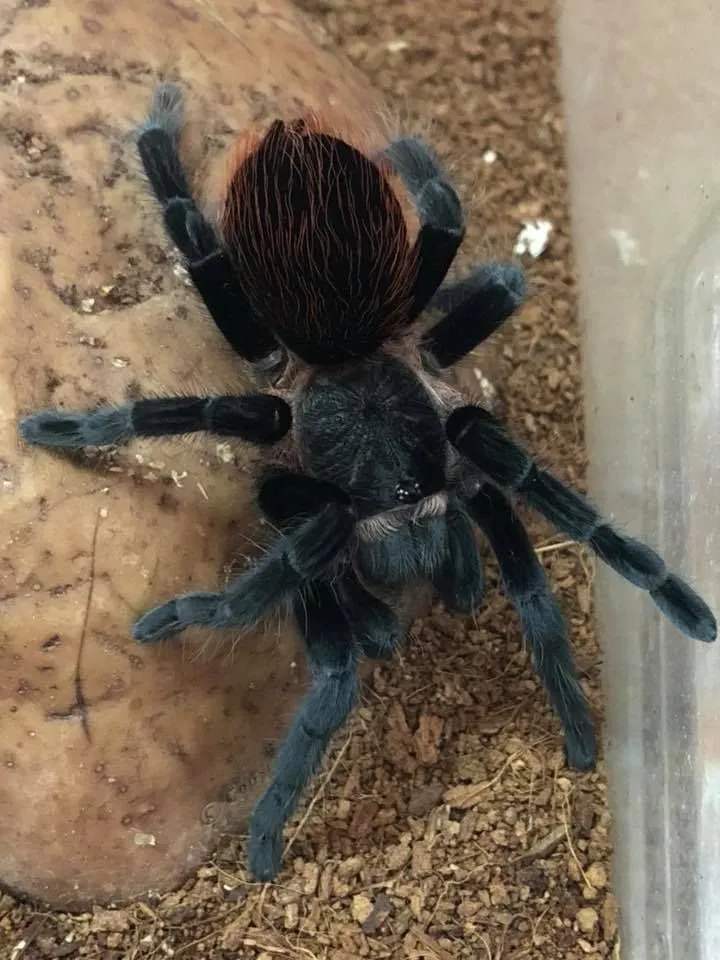Tarantula Spider Care Top 5 Tips
Tarantula spiders have gained popularity as pets due to their fascinating appearance and relatively low-maintenance needs. Owning a tarantula can be a rewarding experience, but it’s crucial to understand their specific requirements to ensure their well-being. This guide provides five essential tips for caring for your tarantula, covering habitat setup, feeding, and handling. By following these guidelines, you can create a comfortable and enriching environment for your eight-legged companion. A happy tarantula is a healthy tarantula, and with the right care, you can enjoy observing these amazing creatures for years to come. Proper care involves more than just providing food and water; it encompasses creating a suitable environment that mimics their natural habitat, allowing them to thrive and exhibit their natural behaviors. This article delves into the key aspects of tarantula care, offering practical advice to help you succeed as a tarantula owner.
Choosing the Right Tarantula
Selecting the right tarantula species is the first step in responsible pet ownership. Not all tarantulas are created equal, and some species are better suited for beginners than others. Consider factors such as temperament, size, and venom potency when making your choice. Researching different species will help you find one that aligns with your experience level and lifestyle. It’s essential to understand the specific needs of each species, including their preferred habitat, diet, and handling requirements. Some species are known for their docile nature, while others can be more defensive. Furthermore, the size of the tarantula will influence the size of the enclosure needed. Proper research will also help avoid unpleasant surprises and ensure a harmonious relationship between you and your new pet.
Consider Tarantula Species
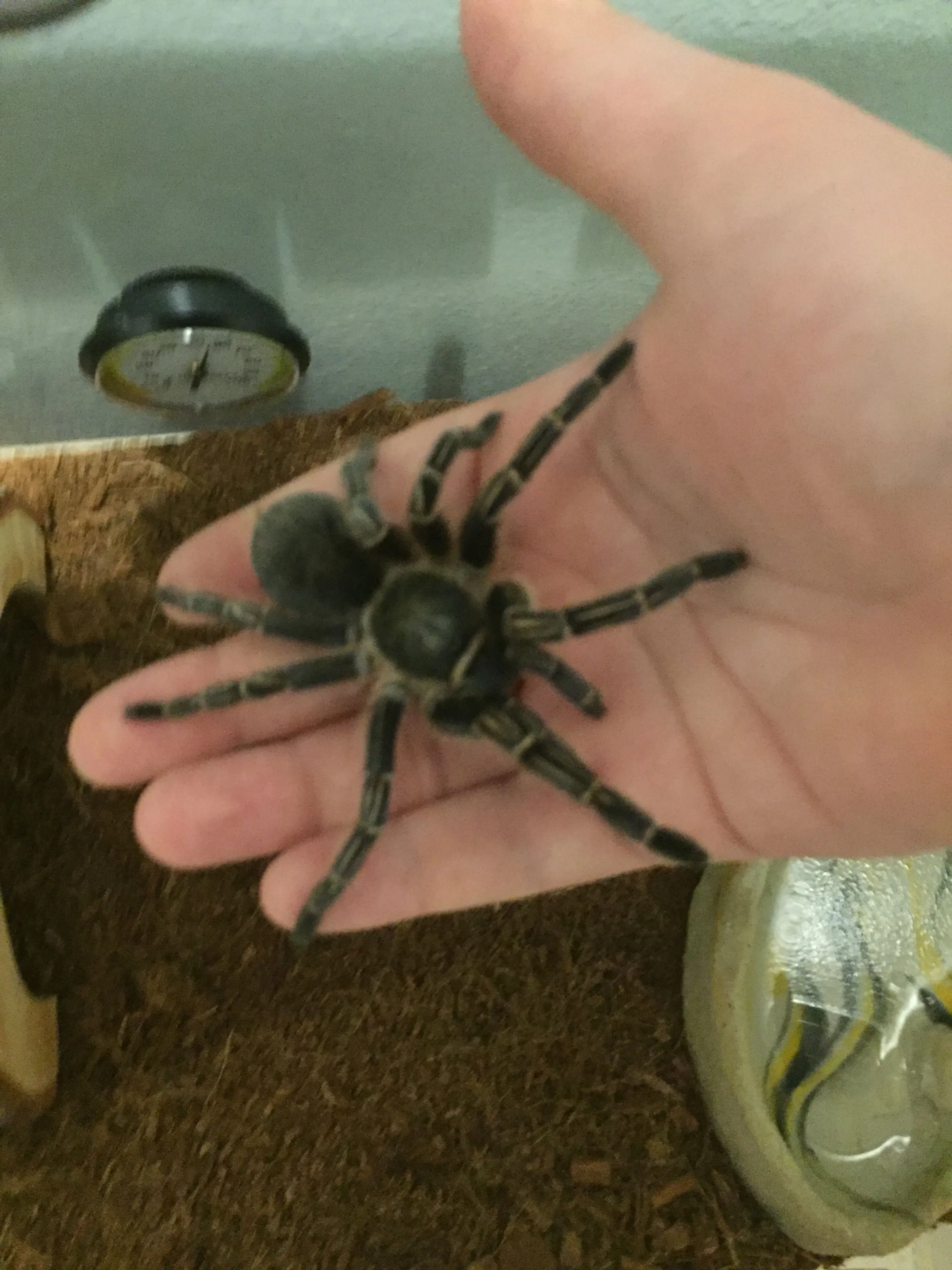
When selecting a tarantula, consider the species’ specific characteristics. Some popular beginner-friendly options include the Chilean rose hair tarantula (Grammostola rosea) and the Mexican red knee tarantula (Brachypelma hamorii). These species are known for their relatively docile temperaments and ease of care. Other species, such as the Cobalt blue tarantula (Cyaneopubescens) or the Gooty sapphire ornamental (Poecilotheria metallica), are more suited for experienced keepers due to their potent venom or defensive behaviors. Before purchasing a tarantula, carefully research the species’ adult size, lifespan, and typical behavior to ensure it’s a good fit for your home and lifestyle. Look for reputable breeders who can provide accurate information about the tarantula’s origin and health.
Research Temperament
Temperament plays a significant role in your interaction with your tarantula. Some species are more prone to defensive behaviors, such as flicking urticating hairs or biting. Others are calmer and more tolerant of handling, though handling should always be minimized. Researching the temperament of a specific species can help you manage your expectations and handle your pet safely. Observe the tarantula’s behavior at the breeder or pet store before making a purchase. Look for signs of stress, such as a defensive posture or erratic movements. A tarantula that appears calm and relaxed is generally a better choice for a beginner. Always handle tarantulas with caution and avoid sudden movements, which can startle them. Understanding your tarantula’s temperament is crucial for building a positive relationship and ensuring your safety.
Setting Up the Perfect Habitat
Creating a suitable habitat, also known as a terrarium, is crucial for your tarantula’s well-being. The enclosure should be appropriately sized for the species, providing enough space for the tarantula to move around and exhibit natural behaviors. The habitat should also provide the right environmental conditions, including temperature, humidity, and substrate. A well-designed habitat mimics the tarantula’s natural environment, reducing stress and promoting a healthy lifestyle. The enclosure must be secure to prevent escapes, and the materials used should be safe and non-toxic. Setting up a proper habitat also involves considering the aesthetic appeal of the enclosure, making it not only functional but also visually interesting. The aim is to create a comfortable and stimulating environment.
Terrarium Essentials
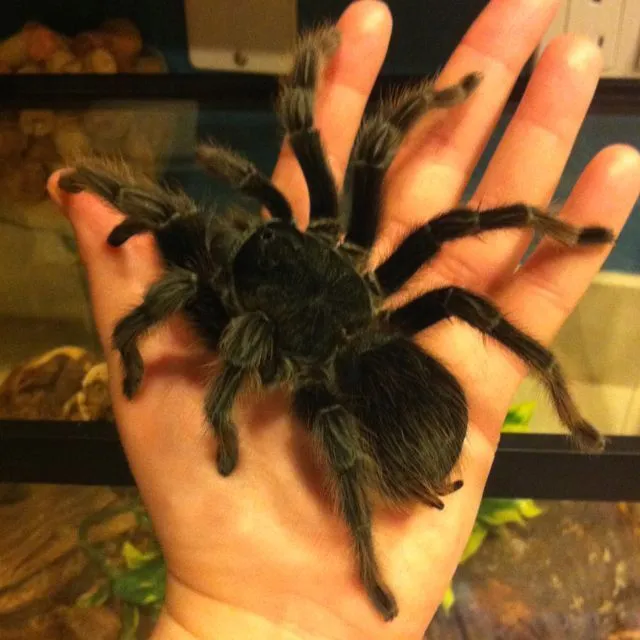
The essentials of a tarantula terrarium include a secure enclosure, a substrate, a water dish, and a hide. The enclosure should be made of glass or plastic and have a secure lid to prevent escape. The size of the enclosure depends on the size of the tarantula. Generally, a terrarium that is two to three times the tarantula’s leg span in width is sufficient. A substrate, such as coco fiber, peat moss, or vermiculite, provides a comfortable surface for the tarantula to walk on and burrow in. A water dish is essential to provide a constant source of hydration. A hide, such as a piece of cork bark or a half-log, provides a place for the tarantula to retreat and feel secure. It is crucial that these elements are arranged properly to create a healthy environment, contributing to your pet’s overall well-being.
Substrate Selection
Choosing the right substrate is vital for maintaining proper humidity levels and providing a suitable environment for burrowing tarantulas. Coco fiber, peat moss, and vermiculite are popular choices. Coco fiber is a natural substrate made from coconut husks that retains moisture well. Peat moss also retains moisture and provides a slightly acidic environment, which is beneficial for some species. Vermiculite is a mineral that helps to regulate humidity. Avoid using substrates that are chemically treated or contain pesticides, which can be harmful to your tarantula. The depth of the substrate should be sufficient to allow the tarantula to burrow if it’s a species that likes to do so. Regularly monitor the substrate for mold or mildew and replace it as needed to maintain a clean and healthy environment. Proper substrate selection significantly influences the health and well-being of your tarantula.
Humidity and Temperature Control
Maintaining the correct humidity and temperature is crucial for your tarantula’s health. Most tarantulas thrive in a humidity range of 60-80%, although the specific requirements vary by species. Use a hygrometer to monitor humidity levels. You can increase humidity by misting the enclosure with water, using a larger water dish, or providing a humid hide. Temperature requirements also vary by species, but most tarantulas prefer temperatures between 70-80°F (21-27°C). Use a thermometer to monitor the temperature and adjust the heat source, if necessary. Avoid placing the enclosure in direct sunlight or near a heat source that could overheat the habitat. Proper humidity and temperature regulation ensures a comfortable and healthy environment, enabling your tarantula to thrive and preventing health issues like molting problems.
Feeding Your Tarantula
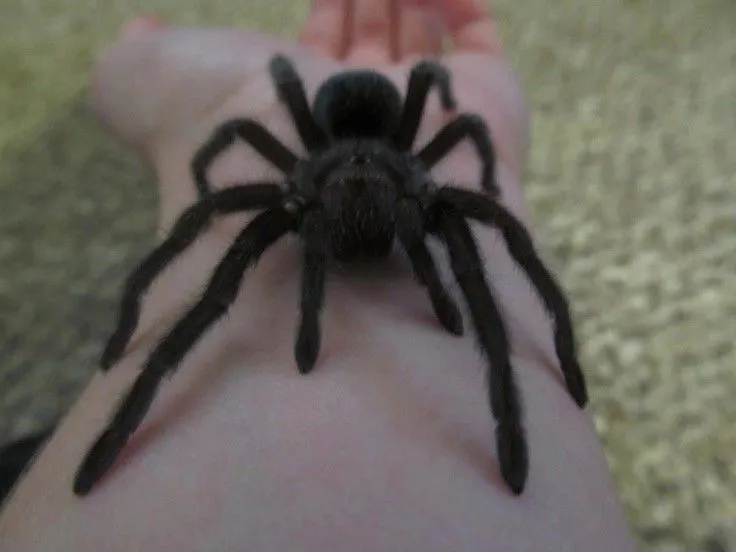
Feeding your tarantula is a simple yet essential part of their care. Tarantulas are carnivores and primarily eat insects. The type of food, feeding frequency, and the tarantula’s size all influence their dietary needs. Overfeeding can lead to health problems, while underfeeding can hinder growth. The key is to strike a balance and provide a diet that supports your tarantula’s health and longevity. Offering the correct food is critical; it must meet the nutritional needs of your tarantula, and the food itself should be of good quality. Regular feeding routines will allow you to monitor your tarantula’s appetite and general health, allowing you to detect any health issues early on. A well-fed tarantula is more active, robust, and less likely to experience health complications.
Appropriate Food
The ideal diet for a tarantula primarily consists of insects. Crickets, mealworms, and dubia roaches are common choices. The size of the insect should be appropriate for the size of your tarantula. As a general rule, the prey should be no larger than the tarantula’s abdomen. Avoid feeding your tarantula wild-caught insects, as they may carry parasites or pesticides. Gut-load the insects with nutritious food, such as vegetables and commercial insect food, before feeding them to your tarantula. This ensures that your tarantula receives essential nutrients. Some tarantula keepers occasionally offer pre-killed insects, which can be safer and more convenient. However, live insects provide exercise and stimulate the tarantula’s hunting instincts. Varying the diet with different types of insects can provide a more balanced nutritional profile.
Feeding Frequency
The feeding frequency for tarantulas varies based on their age and size. Spiderlings typically need to be fed more frequently than adults. Spiderlings can be fed two to three times a week, while juveniles can be fed once or twice a week. Adult tarantulas can be fed once every week or two. Adjust the feeding frequency based on the tarantula’s appetite and body condition. A tarantula that is consistently refusing food may be preparing to molt, or there could be other environmental stressors. It is also important to remove any uneaten prey from the enclosure within 24 hours to prevent them from stressing the tarantula. Overfeeding can lead to obesity, while underfeeding can stunt growth. Carefully observe your tarantula’s behavior and adjust the feeding schedule accordingly to promote optimal health.
Watering and Hydration
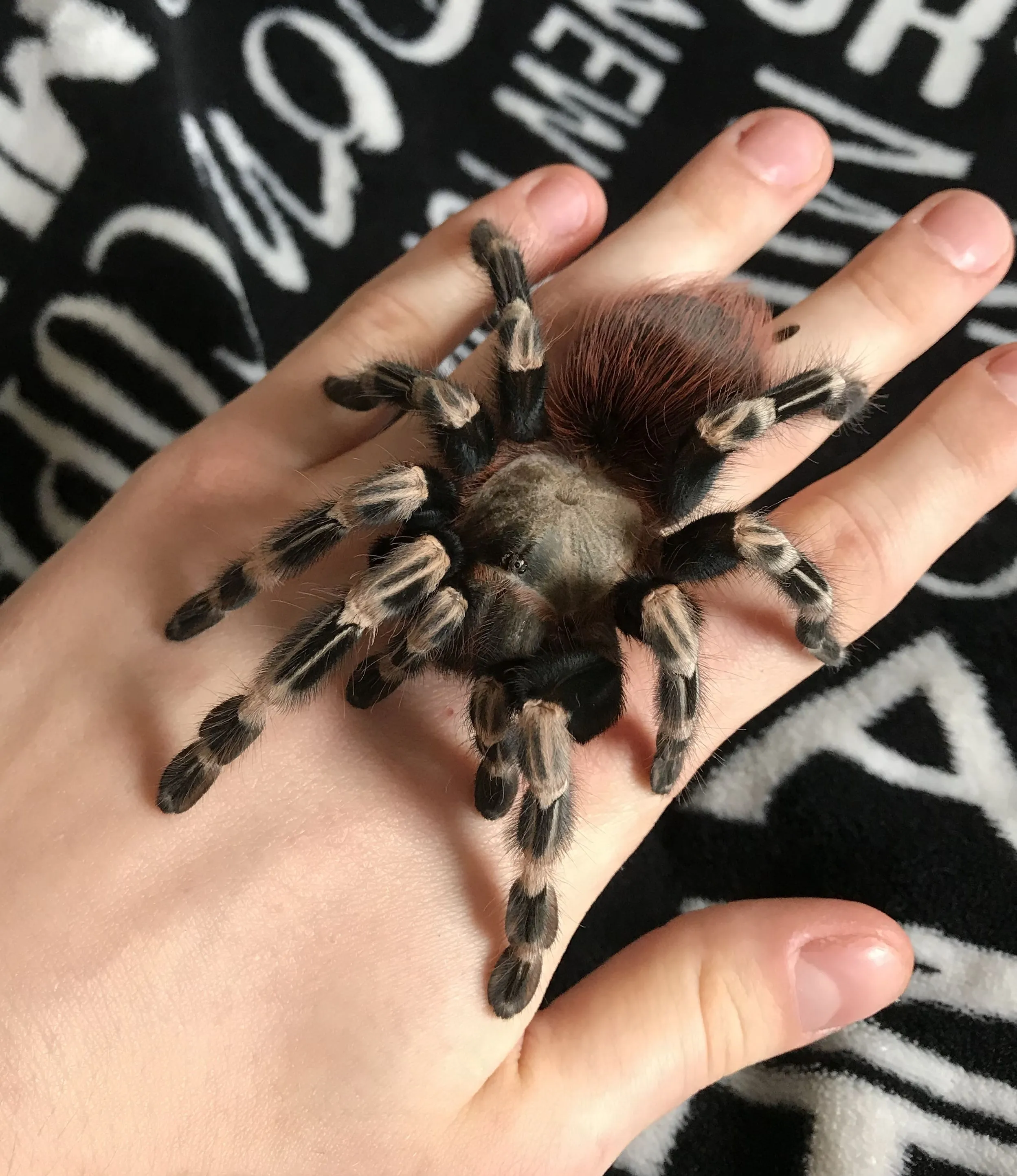
Providing a clean water source is essential for your tarantula’s survival and overall health. Tarantulas need access to fresh water at all times to stay hydrated. Dehydration can lead to serious health problems, so it’s crucial to maintain proper hydration levels. The type of water source and how you maintain it are also important. This is especially true during molting periods, when tarantulas need extra hydration to successfully shed their exoskeleton. Regularly monitor and maintain the water supply to prevent contamination and ensure your pet has access to a clean water source. Maintaining the correct hydration ensures the proper functioning of their bodily systems. Water is an important factor to ensure a healthy tarantula spider.
Water Sources
A shallow water dish is the most common water source for tarantulas. The dish should be shallow enough that the tarantula can easily access the water without the risk of drowning. You can use a commercial water dish or a shallow container, such as a bottle cap. Ensure the water dish is placed securely in the enclosure to prevent spills. For smaller tarantulas, you can use a water-filled cotton ball or a small sponge. Misting the enclosure can also provide additional hydration, particularly for species that require higher humidity. Replace the water in the dish regularly to prevent the buildup of bacteria and to keep it clean. The provision of fresh, clean water is a basic need to ensure your tarantula stays healthy and hydrated, contributing to their long-term well-being.
Maintaining Water Quality
Maintaining water quality is crucial for preventing bacterial growth and ensuring your tarantula’s health. Change the water in the water dish daily or every other day. Rinse the water dish thoroughly with warm water and mild dish soap, if necessary, to remove any debris or buildup. Avoid using harsh chemicals or detergents, which can be toxic to your tarantula. Regularly check the water dish for any signs of contamination, such as mold or algae. If you notice any contamination, replace the water immediately and clean the dish. Keep the water dish away from food and substrate to minimize the risk of contamination. Providing clean, fresh water consistently supports your tarantula’s health, contributing to their overall well-being and the longevity of your pet.
Handling and Interaction
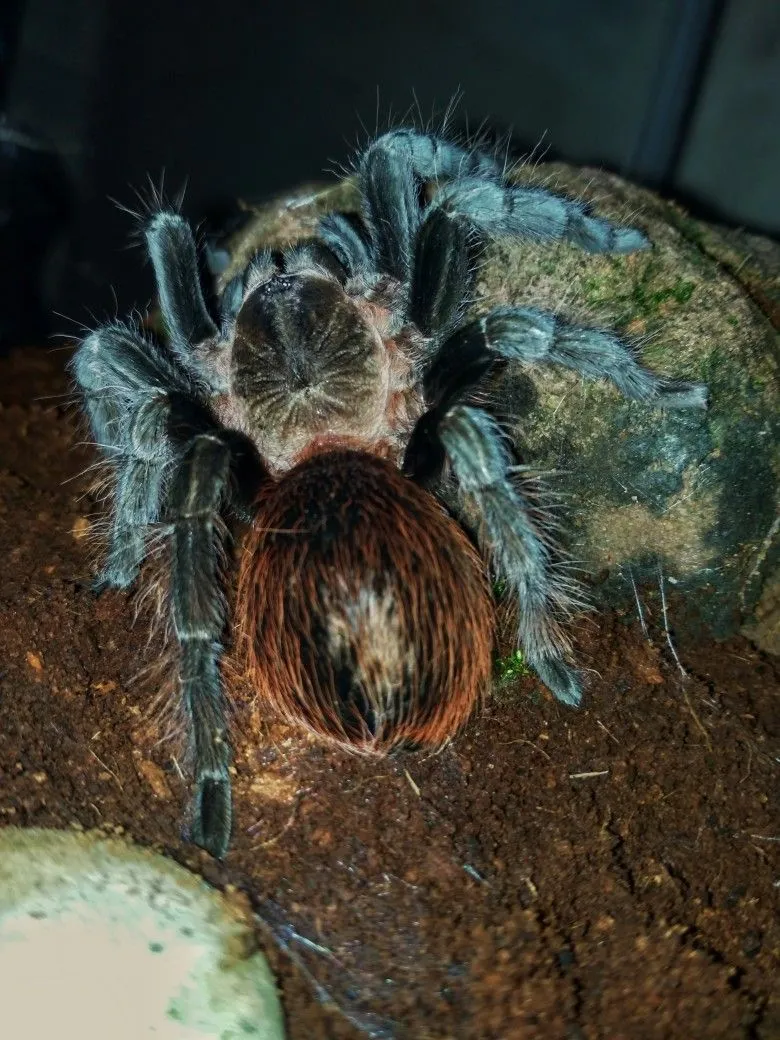
Handling tarantulas is generally not recommended, but if you choose to handle yours, it is critical to do so safely. Tarantulas can be easily stressed, and mishandling them can lead to injury to both you and the spider. Handling should always be kept to a minimum and only when necessary. Always exercise caution and understand your tarantula’s temperament and behavior before any interaction. Understanding how to handle your tarantula properly minimizes the risk of harm and creates a safe environment for you and your pet. This involves respecting their space, knowing their warning signs, and using the right techniques to minimize the risk of injury. Remember, tarantulas are best appreciated from afar; their care is more about the environment you provide and less about direct interaction.
Safe Handling Practices
If you choose to handle your tarantula, do so with extreme caution and only when necessary. Before handling, ensure the tarantula is calm and not displaying defensive behaviors. Always handle the tarantula over a soft surface, such as a bed or a carpet, in case it falls. Use a gentle approach and avoid sudden movements. Never grab a tarantula or try to force it to move. Instead, gently coax it onto your hand or a soft brush. Be aware of the tarantula’s size and speed; some species can move very quickly. Wash your hands before and after handling your tarantula to prevent the spread of germs. Children should not handle tarantulas without adult supervision. Remember, safety is paramount, and if you are unsure, it is always best not to handle the tarantula.
Recognizing Stress Signs
Knowing the signs of stress in tarantulas is essential for responsible pet ownership. A stressed tarantula may exhibit specific behaviors. Some signs of stress include flicking hairs (a defensive behavior), hiding, refusing food, and a defensive posture. A tarantula that is consistently stressed may become more aggressive and less likely to thrive. Recognizing these signs allows you to adjust the care routine to reduce the stress and improve the well-being of your pet. If you notice any of these signs, evaluate the enclosure and the environment for potential stressors. Ensure the enclosure is the correct size, the temperature and humidity are appropriate, and the tarantula has a suitable hiding place. Minimize handling and disturbances, and provide a quiet and secure environment. Addressing these stress factors improves your tarantula’s quality of life and makes for a happier, healthier pet.
